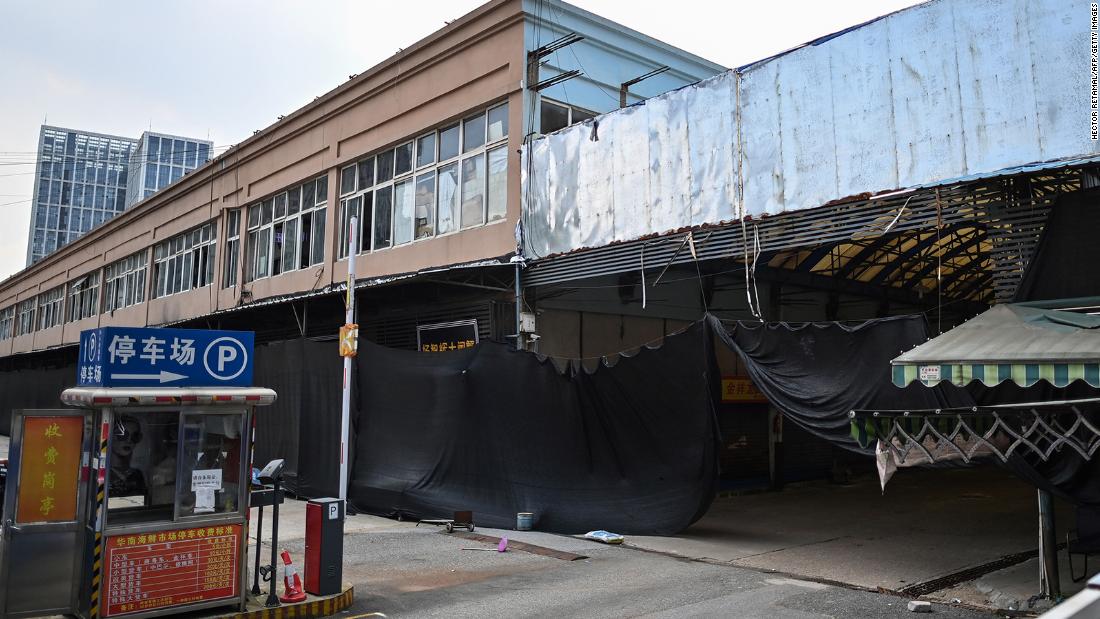On Sunday, the team visited the wet market deemed central to the spread of the disease: the now disinfected and closed Huanan seafood market in the city of Wuhan, where an initial group of pneumonia-like illnesses was detected by doctors in mid-December. 2019 The market has become the anecdotal ‘ground zero’ for COVID-19, although later studies have suggested that it may have started elsewhere.
Peter Ben Embarek, WHO team leader and food safety expert, told CNN that “even if the place has been disinfected to some extent, all the stores are there – and the equipment is there. That gives a good idea of the state of the market in terms of maintenance, infrastructure, hygiene and disposal of goods and people. “The team was able to talk to residents and workers, said Ben Embarek. He warned that it is too early in his investigations to draw conclusions.
“It is clear that something happened in that market,” said Ben Embarek. “But it could also be that other places have the same role, and that was only chosen because some doctors were smart enough to link some sporadic cases.”
Another member of the WHO team, Professor Thea Fisher, told CNN that she was surprised by the “usefulness” of seeing a market that was deserted last year. “We had some very good public health professionals with us who were doing some of the environmental sampling on the market … explaining to us exactly where they got the samples from the ventilation system.”
“It is a shock to see the place,” said another team member, ecologist and zoologist Peter Daszak. “All the stores are empty, the equipment is still there. It’s a little scary.”
Ben Embarek also revealed that Chinese officials have provided WHO staff with important data on influenza, or flu-like illnesses, detected by China’s sophisticated disease surveillance systems in and around Hubei in the months before the December outbreak. 2019.
“We have data for the whole province and also beyond – looking at data from other neighboring provinces and going back several months … There are many things to see. It is important to be able in the previous months [the outbreak] go down to a much lower level and try to pick up signals and see if there was anything we could link, “he said.
Ben Embarek described the approach of the Chinese authorities, who were previously criticized for the slow admission of the WHO team, as “transparent”.
“We see what we ask to see,” he said, adding that Chinese officials have been flexible and that he expects future travel after this 14-day mission.
But Fisher said the work was sometimes complicated by the size of the group that made some visits to China. “It is my hope with some of the visits in the coming days that we can go in smaller groups. It is more difficult to build a relationship [with an interviewee] in a very short time … if you have 50 people sitting and listening. “
Nick Paton Walsh reported from London and Sandi Sidhu from Hong Kong.
